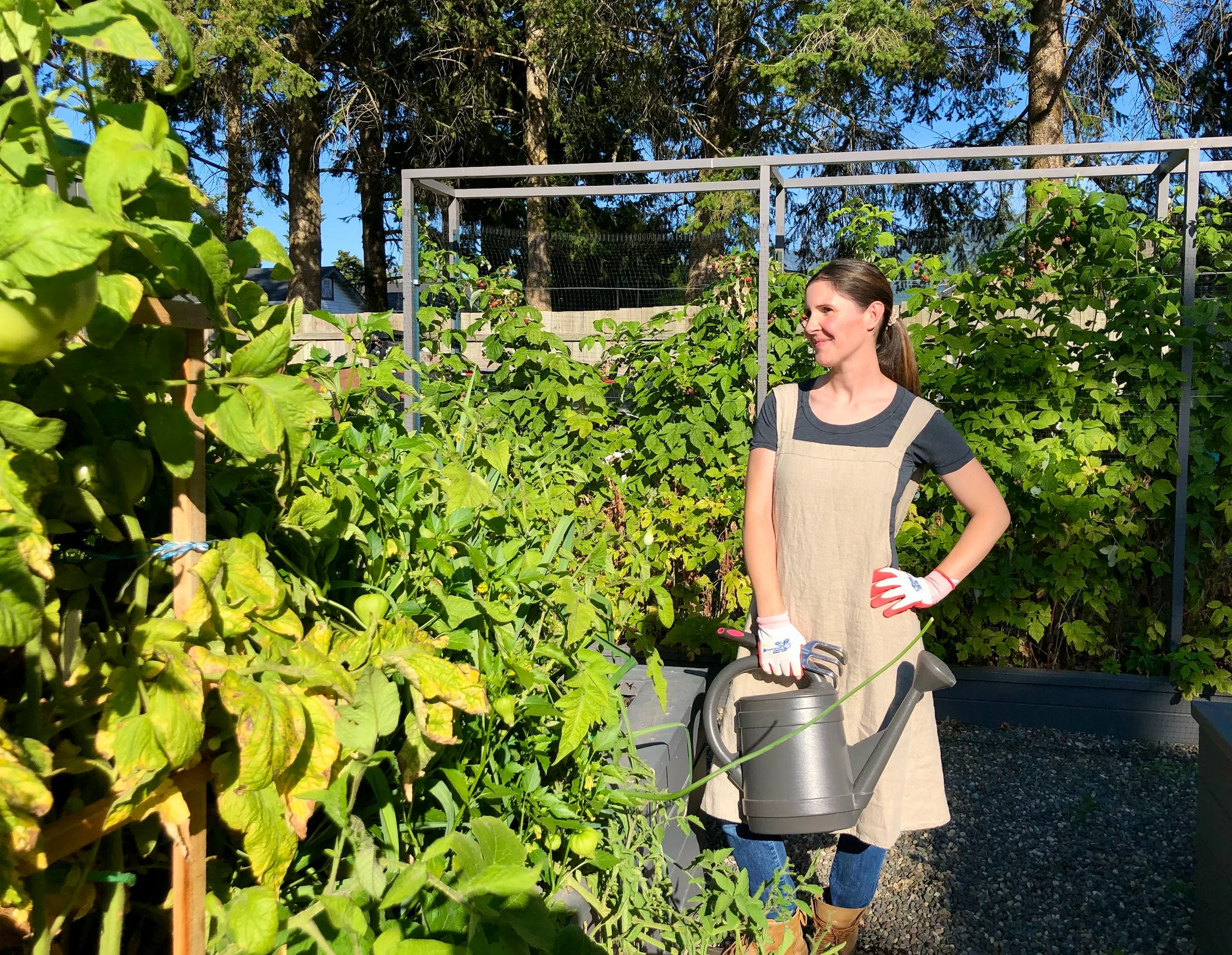Permaculture for Small Gardens: A Beginner’s Guide to Sustainable Vegetable Gardening
Permaculture is a sustainable approach to gardening that focuses on working with nature rather than against it. By applying permaculture principles to your small backyard garden, you can increase your vegetable yield, conserve resources, and create a thriving ecosystem. This guide will introduce you to the basics of permaculture and provide practical tips on how to implement these principles in your small garden, even if you’re a casual gardener with limited space.
What is Permaculture?
Permaculture is a holistic approach to gardening and agriculture that emphasizes the interconnectivity of all living things. It seeks to create a sustainable, self-sufficient ecosystem by mimicking the patterns and relationships found in nature. The term “permaculture” is a combination of “permanent” and “agriculture,” reflecting its focus on building long-lasting, productive systems.
Key Permaculture Principles for Small Gardens
Permaculture encompasses a wide range of principles and practices, but here are some essential concepts that you can apply to your small vegetable garden:
1. Observe and Interact
Take time to observe your garden and its surroundings. Identify the patterns and relationships between different elements, such as sunlight, wind, water, and soil. This will help you make informed decisions about your garden layout and plant selection.
2. Use Edges and Value the Marginal
In permaculture, the edges of a system (where two different environments meet) are often the most diverse and productive. In a small garden, maximize your usable space by planting along edges and utilizing vertical space with trellises, fences, or walls.
3. Stack Functions
Select plants that serve multiple purposes, such as providing food, improving soil health, attracting beneficial insects, or providing shade. For example, consider planting nitrogen-fixing legumes like peas or beans, which can improve soil fertility while also producing a delicious crop.
4. Embrace Diversity
Increase the resilience of your garden by planting a variety of vegetables and companion plants. This not only helps to reduce the risk of pests and diseases but also promotes a healthy, balanced ecosystem.
5. Recycle and Reuse
Incorporate waste materials from your household or garden into your gardening practices. For example, use composted kitchen scraps and yard waste to enrich your soil or repurpose containers as planters for your vegetables.
Practical Tips for Applying Permaculture in Your Small Vegetable Garden
- Design your garden layout: Based on your observations, design a garden layout that takes advantage of natural resources, such as sunlight, water, and wind. Consider using raised beds, which can help with drainage, soil quality, and pest control.
- Choose the right plants: Select vegetables and companion plants that are well-suited to your climate, soil, and available space. Consider incorporating perennial vegetables, such as asparagus or rhubarb, which can provide a continuous yield for years.
- Implement companion planting: Plant vegetables alongside companion plants that can attract beneficial insects, deter pests, or improve soil health. For example, plant marigolds to repel nematodes or basil to attract bees and repel mosquitoes.
- Practice no-dig gardening: Minimize soil disturbance by practicing no-dig gardening, which involves adding layers of organic matter on top of the soil rather than tilling. This helps to preserve soil structure and encourage beneficial microorganisms.
- Harvest rainwater: Collect rainwater in barrels or other containers to use for watering your garden. This not only conserves water but also provides your plants with a natural, chlorine-free water source.
- Use mulch: Apply a layer of organic mulch, such as straw, wood chips, or leaves, around your plants to help retain moisture, suppress weeds, and regulate soil temperature.
By applying these permaculture principles and tips, you can create a sustainable, productive, and eco-friendly small vegetable garden that caters to your needs as a casual gardener. Embrace the interconnectedness of nature and enjoy the bountiful harvest that comes from working with it, rather than against it.
Join Our Gardening Newsletter for More Tips
If you enjoyed reading this, don’t hesitate to subscribe to our newsletter for a wealth of gardening knowledge and insights. Stay up-to-date on the latest gardening trends, tips, and know-how, and make your green thumb even greener.



